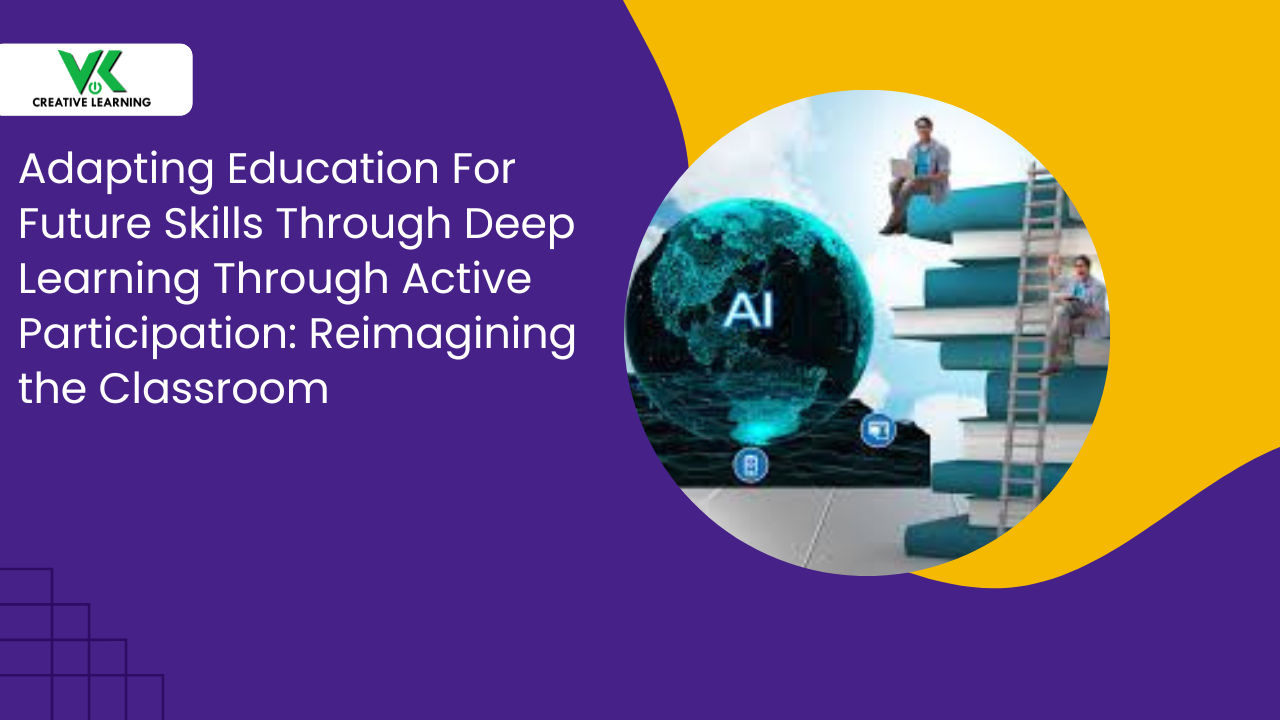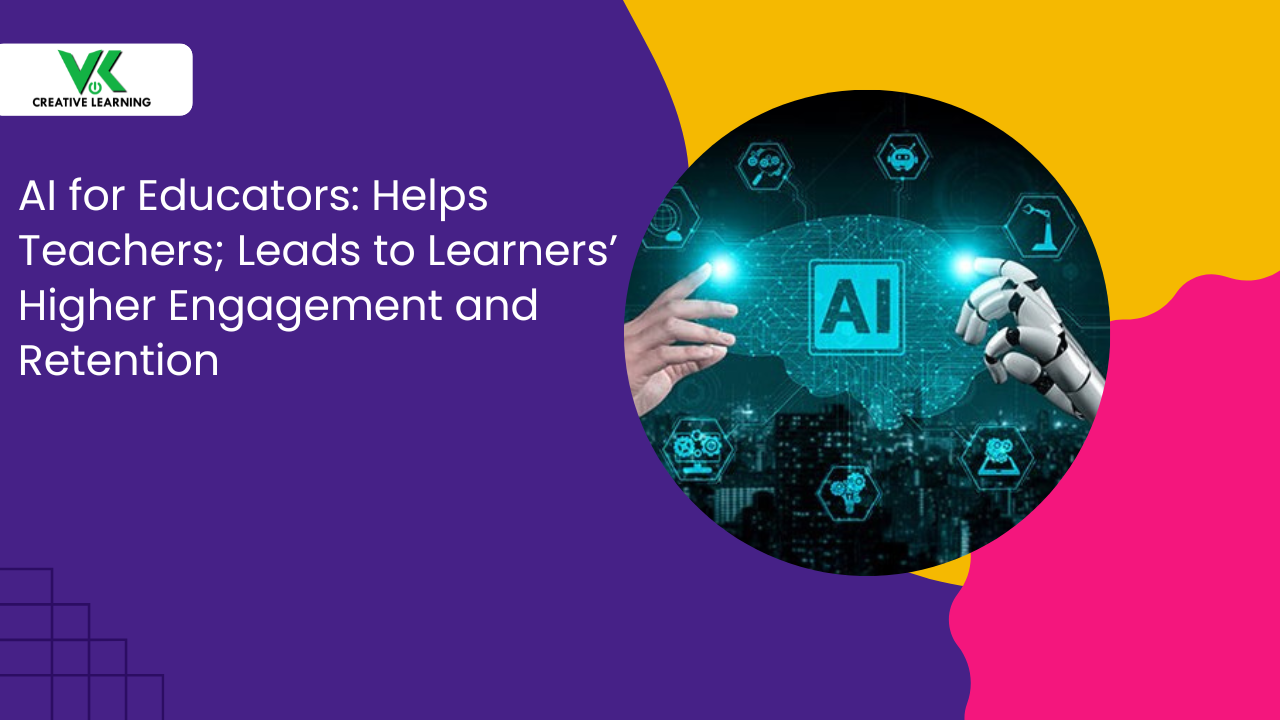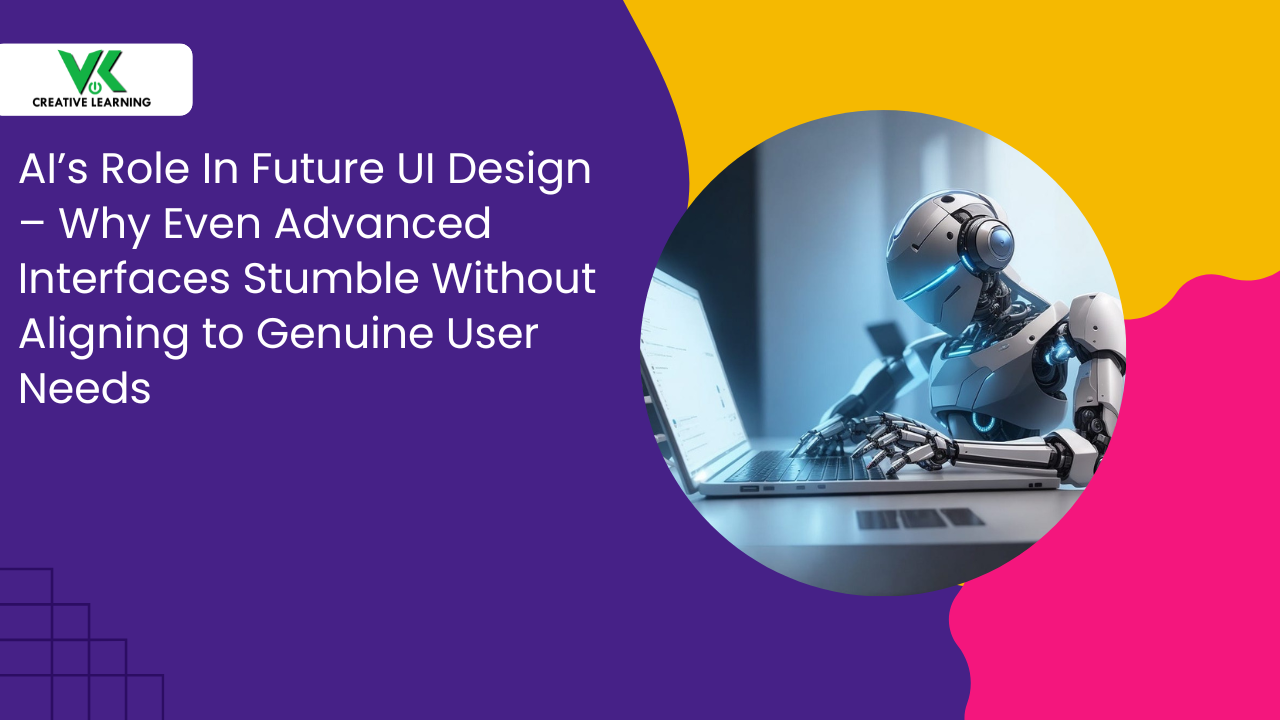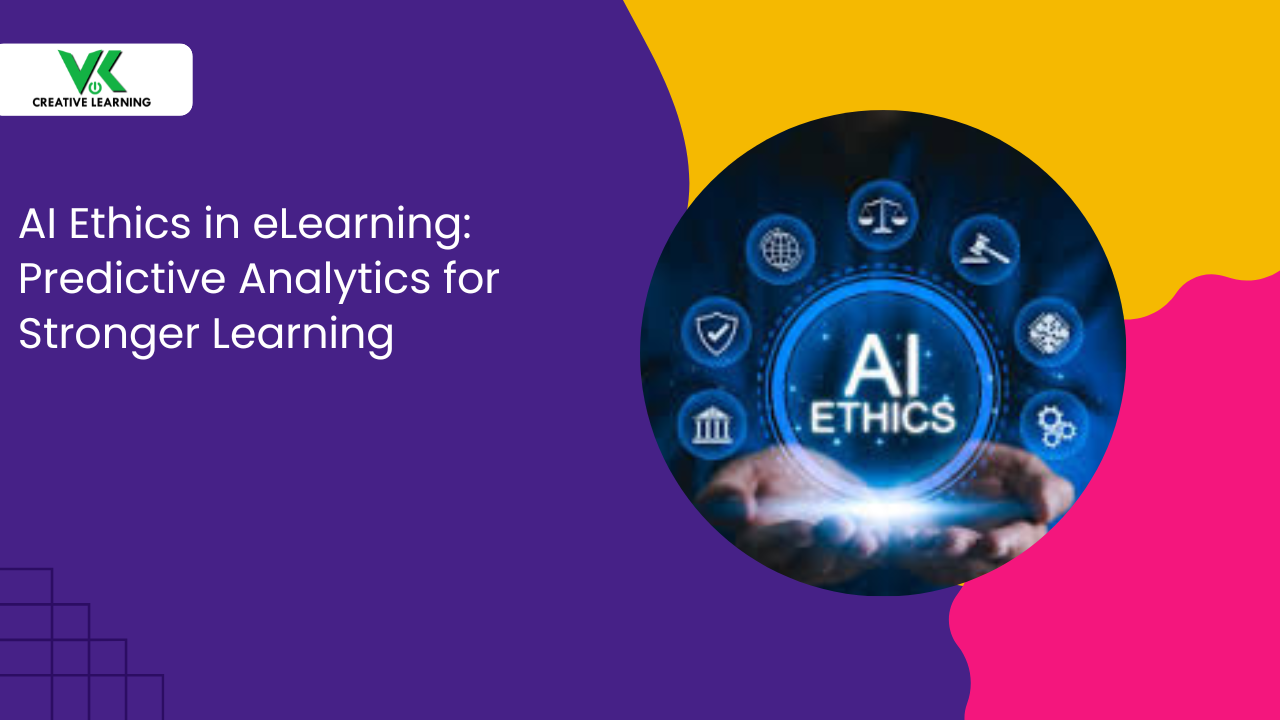Virtual Learning, Real Results: How Universities Can Advance with Feature-Studded VLE Platforms
April 17, 2025
Modern universities are opting for virtual learning environments in the current times. The establishments go for the VLE platform because they have a vast resource of libraries, advanced training methodologies, and virtual research labs.
Compared to this, traditional methods struggle to come in sync with digital transformation in higher education that is happening swiftly. For example, tech workshops have to be conducted on a regular basis, and so do coding boot camps.
Also, learner engagement vastly suffers if outdated curriculum methodologies are adopted – non-appealing to the learners. Reason: when it comes to study groups and community classes, easy access to resources becomes easy.
Besides, limited access to knowledge-expanding learning platforms (online courses, skill-based apps, interactive modules) can disrupt learning experiences immensely. Thus, the presence of digital classrooms, hybrid sessions, and smart boards is indispensable.
Additionally, there has been a struggle with the inclusion of curriculum designs for universities. These academic institutions operate in conventional ways, ignoring the latest digital trends (AI-driven learning, immersive AR-based solutions). Examples include: remote seminars, tech fairs, and virtual meetings.
This is the area where custom e-learning companies can help universities to build personalized learning courses. These are custom VLE platforms that may prove useful for learners in multiple ways.
We will learn about what a Virtual Learning Environment (or e-learning platform) is, its uses, and its benefits in the subsequent sections.
Table Of Contents:
What is Virtual Learning Environment (VLE) – A Detailed Look
- Empowering Learning with Robust VLE Features
What Makes Adopting VLE Platforms the Best Choice for Universities?
In What Ways do VLE Platforms Enhance Knowledge and Bring Transformation?
- Transformative Impact of VLE Integration
- Enhancing Academic Frameworks with Interactive Technology
- Real-Life Applications Driving Academic Success
- Cultivating Adaptive Learning Environments
What is Virtual Learning Environment (VLE) – A Detailed Look
A Virtual Learning Environment (VLE) platform can be considered as a digital ecosystem -- multifaceted in nature. It incorporates multiple elements that make teaching and learning easy.
Importantly, equipped with an engrossing, interactive space, it allows learners to engage and expand knowledge effortlessly. For instructors too, it has many elements to plan out sessions, upload notes, and make changes in them as when required.
Besides, it enables learners to exchange their ideas with others, download assignments and submit them, and get feedback on their work.
Also, it can be used to support the traditional system and offer flexible learning. The collaboration feature within the Virtual Learning Environment can be used to bridge distances and exchange ideas. Thus, students can transcend physical boundaries and understand other students' viewpoints.
Empowering Learning with Robust VLE Features
The best aspect about Virtual Learning Environment is that it has a suite of handy tools. Also, VLE platforms are known for offering comprehensive course content along with content management.
It also incorporates communication tools, assessment features, and grading systems -- all indispensable and useful aspects to make students ' knowledge powerful.
Thus, the VLE platform provides to learners with a holistic learning experience; making knowledge absorption easy and friendly.
Other appealing aspects are: these resource-rich platforms can be accessed via web browsers or even through mobile applications. Essentially, with the incorporation of VLEs, learners get the flexibility to check out educational materials from any location of their choice.
Consider the situations: students when doing daily commute, can access learning materials. This form of uninterrupted access can play a vital role in changing the habit of passive learning into a dynamic one.
What Makes Adopting VLE Platforms the Best Choice for Universities?
When academic institutions favor the best Virtual Learning Environment, the major advantage is enhanced learning experiences. This becomes possible as universities can combine traditional teaching with virtual platforms such as e-learning. For example, blended methodologies and mixed approaches become reality.
To elaborate, conventional teaching can be supported by a virtual platform containing multiple teaching and learning resources.
Importantly, synchronous lectures (real-time classes) now complement asynchronous modules. This aids in flexible study schedules (flexible class hours, self-paced modules, weekend batches) and a deeper understanding of the concepts.
The VLE platform can be utilized in synchronous lectures, live sessions (panel discussions, expert talks, group Q&As), and real-time demos.
Additionally, the feature of providing collaboration among students for discussion purposes makes it a to-be-wanted medium. The utilization of Interactive collaborations, even in the case of group assignments, can lead to learning outcomes. Thus, the collaborative VLE platform can be useful in: collaborative projects, team assignments, and group tasks.
Also, learners can study for digital certifications through a wide variety of support elements. These include 3D animations, simulations on multiple topics, 3D explainer videos, and graphics based on a plethora of topics.
These aspects would help to bolster the academic and professional achievements of the learners. For easier understanding, e-learning like Virtual Learning Environment can provide: asynchronous modules, recorded lessons, and timed tutorials.
All in all, institutions have many benefits to reap from VLE platform capabilities.
In What Ways do VLE Platforms Enhance Knowledge and Bring Transformation?
Transformative Impact of VLE Integration
Universities can make use of VLE platform capabilities so as to better knowledge dissemination and engagement of students.
Modern integration protocols (API frameworks, cloud interfaces, middleware tools) in the best Virtual Learning Environment allows to create interactive content.
Also, it becomes possible to develop customized learning solutions to suit the needs to learners and diverse curricula (professional certification programs).
With these, students can access and learn through innovation centers (collaboration platforms) and become tech incubators. Thus, classrooms transform into collaborative zones where ideas take flight -- brainstorming hubs.
The digital dashboards render data that helps to determine insights about the progress of learners (skill mastery tracking, performance metrics). Examples: digital dashboards, performance trackers, scorecards. This enables continuous curriculum enhancements (targeted content adjustments and adaptive learning paths) for teachers.
Furthermore, interactive whiteboards and smart panels (digital canvases, touch displays, and intelligent boards) are also part of VLE platforms.
They can help students to get an in-depth understanding about the topics (dissecting historical events, solving equations, and visualizing scientific phenomena). Further, the use of 3D explainer videos (immersive visual guides), simulations, and AR/VR-based elements could help to remember various concepts.
Overall, the VLE platform ensures that courses are covered comprehensively -- from foundational concepts to advanced applications. Also, it enables to prepare of study maps (plans, strategic curriculum guides) that align with academic goals. It is also known for providing real-time updates (instant progress reports, timely performance alerts).
Enhancing Academic Frameworks with Interactive Technology
VLE platforms contain multiple modern elements (digital workbenches, AI-driven analytics, interactive dashboards). This enables the integration of subject matter and practical applications in a smooth way.
Also, project simulators (design blueprints, virtual prototypes, scenario planners) as well as case studies are incorporated within the learning system. This provides case scenarios (business challenges, industrial applications, strategic dilemmas) that link to the learned theoretical knowledge.
The presence of virtual labs (virtual labs, simulation rooms, experimental zones) again helps the cause. In fact, they aid to understand concepts through hands-on experimentation. This again plays its role in reinforcing scientific and technical concepts (core methodologies, practical frameworks).
Also, the weaving of remote collaborations (cross-border projects, multi-disciplinary teams) becomes possible through video conferencing. This aids to redefine teamwork in research and development.
Further, the digital platforms are incorporated with academic journals (peer-reviewed papers, industry publications) and research papers. Thus, students remain up to date with the latest knowledge required in the market.
Real-Life Applications Driving Academic Success
The best part of VLE platforms are resource libraries (libraries, e-resources). In addition to it, there are digital archives (historical manuscripts, scholarly databases, multimedia records) too. They provide learners with a wealth of learning materials (historical manuscripts, scholarly databases).
Also, guidance is provided by the faculty experts and subject mentors via interactive VLE platforms.
This makes it possible to offer timely feedback on performance along with review forms (progress reports, evaluation sheets, assessment summaries). This brings improvement in learners’ performance. Also, content can be changed as when required to suit learners’ understanding.
The addition of instructional videos (short tutorials, step-by-step guides, visual demonstrations) in sync with animations simplifies complex topics. In fact, intricate concepts can be broken down into understandable segments (microlearning methodology).
Inclusion of discussion boards and chat groups in the platform renders peer-to-peer learning. In addition, it becomes possible to conduct academic debate (scholarly discussions, intellectual exchanges, evidence-based arguments).
Cultivating Adaptive Learning Environments
Learning modules chunked into small segments (topic-wise) allow the creation of customized study paths. Importantly, the sliced modules make it easier to read, understand, and retain concepts.
Virtual Learning Environments also encompass skill assessment components (skill assessments, competency tests, progress quizzes). These are supports to size up growth of learners (quizzes, coursework, assessments) and mastery of subjects.
Also, interactive projects with hands-on exercises (2D/3D animations, simulations) facilitate learners to develop practical problem-solving capabilities.
VLE also offers chat forums (instant messaging, live forums) so that students can interact with teachers and other students. This allows them to get feedback and their academic queries are addressed.
Also, regular updates (bug fixes, security patches) are part of the VLE platform. Along with periodic changes come feature releases (interactive tools, AI-powered assistants). Both when combined together assist learners to maintain an upgraded knowledge base (resolve confusion, enhance clarity).
Conclusion
In the current times, digital e-learning platform has multiple elements that offer measurable impact, transformed modules, and enhanced engagement.
Additionally, the incorporation of iterative designs and responsive updates brings reliability to the VLE platform.
Consequently, tracking features within e-learning offer a conducive learning environment. This results in sustained performance and improved outcomes among students.
Thus, organizations can benefit a lot by opting for the best virtual learning environment. For the same, they can partner with a renowned and reliable VLE platform developer such as VK Creative Learning (VKCL).
What distinguishes VKCL from others are: customized approaches, proven methodologies, and exceptional client support. Importantly, opting for VKCL will ensure transformative digital content that consistently clicks with modern audiences.




